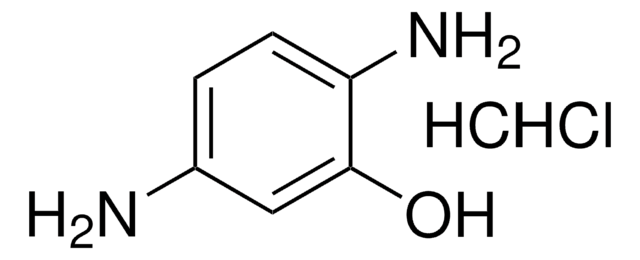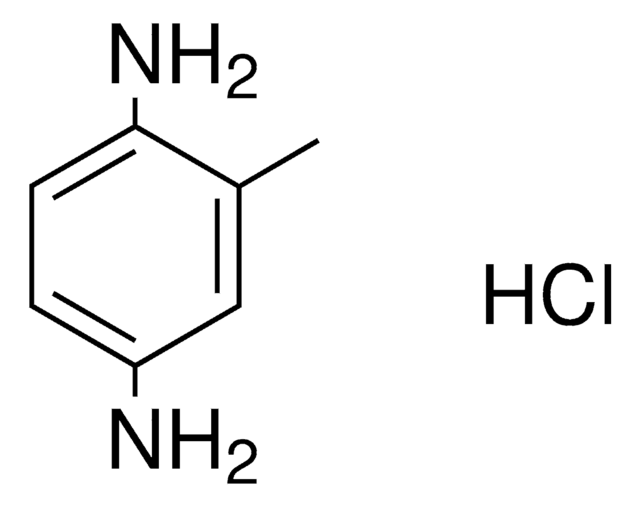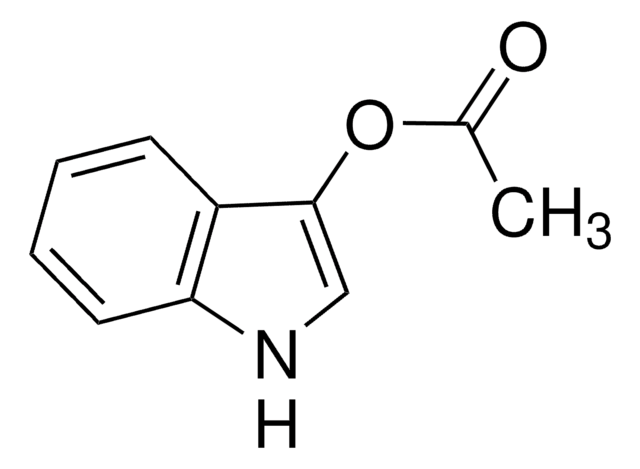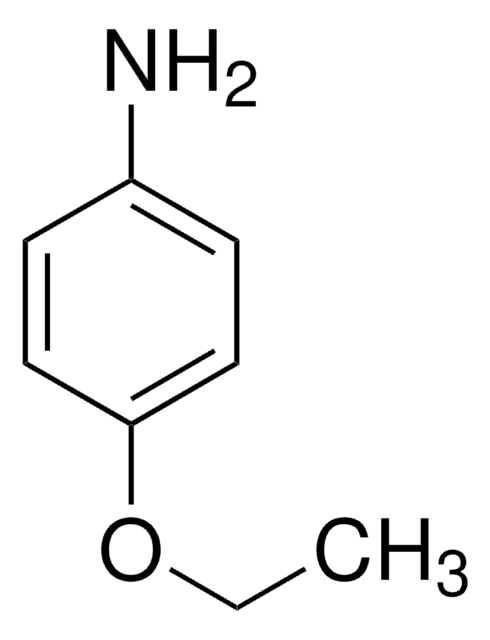154334
2,5-Diaminotoluene sulfate
97%
Synonym(s):
2-Methyl-p-phenylenediamine sulfate salt, 2,5-Toluenediamine sulfate
About This Item
Recommended Products
Assay
97%
mp
>300 °C (lit.)
SMILES string
OS(O)(=O)=O.Cc1cc(N)ccc1N
InChI
1S/C7H10N2.H2O4S/c1-5-4-6(8)2-3-7(5)9;1-5(2,3)4/h2-4H,8-9H2,1H3;(H2,1,2,3,4)
InChI key
KZTWOUOZKZQDMN-UHFFFAOYSA-N
Looking for similar products? Visit Product Comparison Guide
General description
Signal Word
Danger
Hazard Statements
Precautionary Statements
Hazard Classifications
Acute Tox. 3 Oral - Acute Tox. 4 Dermal - Acute Tox. 4 Inhalation - Aquatic Chronic 2 - Skin Sens. 1
Storage Class Code
6.1C - Combustible acute toxic Cat.3 / toxic compounds or compounds which causing chronic effects
WGK
WGK 3
Personal Protective Equipment
Regulatory Listings
Regulatory Listings are mainly provided for chemical products. Only limited information can be provided here for non-chemical products. No entry means none of the components are listed. It is the user’s obligation to ensure the safe and legal use of the product.
PDSCL
Deleterious substance
JAN Code
154334-100G:4548173107110
154334-500G:4548173107127
154334-250G:
154334-VAR:
154334-5G:4548173107134
154334-BULK:
Certificates of Analysis (COA)
Search for Certificates of Analysis (COA) by entering the products Lot/Batch Number. Lot and Batch Numbers can be found on a product’s label following the words ‘Lot’ or ‘Batch’.
Already Own This Product?
Find documentation for the products that you have recently purchased in the Document Library.
Customers Also Viewed
Our team of scientists has experience in all areas of research including Life Science, Material Science, Chemical Synthesis, Chromatography, Analytical and many others.
Contact Technical Service


















